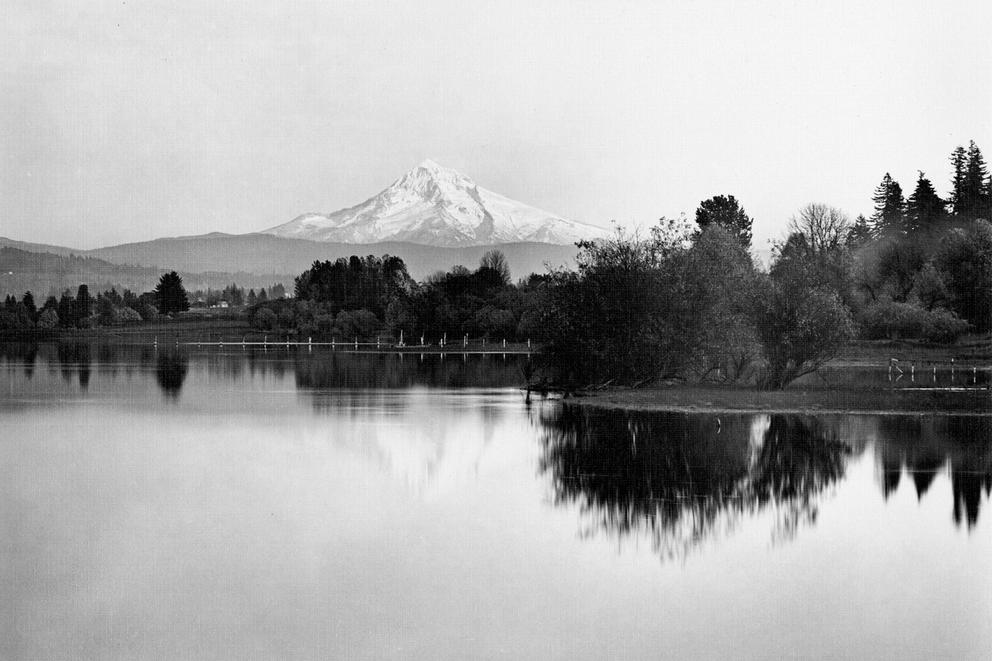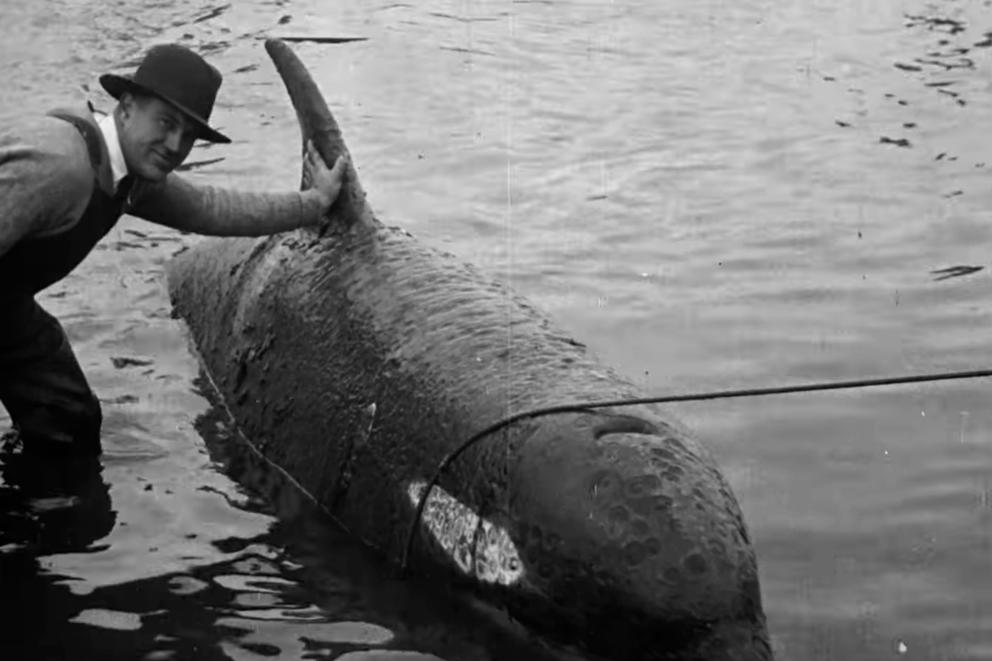Sea creatures sometimes go off course. Are they exploring, or lost? Not long ago, a Beluga whale swam into Puget Sound, more than 1,000 miles from its nearest home.
While the citizens of Portland wondered what had wandered their way, there were some who recognized the animal: It was an orca, also known then as a blackfish, or a killer whale.
Whaling was still going on in the Pacific Northwest, and whalers were perhaps the most familiar with the species, having encountered them in the killing fields of the whaling fleets of the North Pacific. They saw that Ethelbert was a small orca who had come far up the Columbia.
Some men wanted to catch it and exhibit it; others wanted to kill it and exhibit it. It was unnatural for an orca to live in fresh water, but the water where Ethelbert swam was far from fresh. It was in a slough where much of Portland’s sewage was dumped. Ethelbert seemed sick. As the orca appeared to be ailing, the debate increased. Capture it, or kill it? What was most humane? No one had captured a live orca before.
A local man, a former whaler, Edward Lessard, and his son, Joseph, decided to get Ethelbert. They went out in a boat and shot the orca in the head. It turned out to be a juvenile female about 12 feet long that somehow got separated from its pod.
Public outrage followed the orca’s death, but it wasn’t illegal then to kill one. They towed the body to shore. Several groups argued over who owned the corpse. Both were intent on exhibiting the body for profit. It is said that all the embalming fluid in Portland was commandeered to preserve Ethelbert’s body while arguments over ownership and legal charges were made. Eventually, the Lessards were awarded her remains. The killers were deemed by one newspaper to be the “meanest men in the world.” Portland was ashamed of the murder of their frolicking pet orca.
The Lessards are said to have briefly exhibited Ethelbert’s embalmed body in a custom-made tank. After a brief stint as an attraction, Ethelbert disappeared into history. A dead whale did not have the attraction of a live one. For nearly 40 years, she wasn’t heard of.
But she was not entirely forgotten. Rumors of a whale buried on a mountain on the Washington side of the Columbia were whispered quietly. The mountain in question was Livingston, near Camas. A man named Bill Farr, who worked at the Clark County Assessor’s Office, had heard such rumors and spent his spare time searching for Ethelbert’s grave. He found property that was associated with the Lessard family. Paperwork indicated the property had changed hands, and that there was a provision regarding a fee paid for “storage of a fish,” money duly paid for years. That clue allowed Farr to zero in on a location; while searching with his daughter one day, she quickly came upon Ethelbert in a 15-foot-long box, lying in an overgrown clearing.
Ethelbert, pickled in formaldehyde, was preserved so well she was still intact. News of the discovery hit the newspapers in 1969. The whale was “firm and completely without odor,” The Oregonian reported. Two years later, an Associated Press report said the box was rusted and the orca’s “coarse skin felt like bark to the touch.” The news accounts did not disclose the exact location, except to say it was now partly obscured by trees that had grown up around it. A decade later, some timber inspectors, it is said, dug a large pit and buried Ethelbert.
It will be a conundrum for future archaeologists to work out.
We know more about orcas today, and, just as the people of Portland were over 90 years ago, we are fascinated by them. But it’s possible we could learn more about Ethelbert. Rumors have circulated over the years that teenagers from nearby towns might have taken some of her teeth as souvenirs. Scientists today say much could be learned from DNA and isotopes extracted from a tooth, which could help identify where she was from and what her diet was. We know so much more today about orcas that we might be able to get a picture of poor Ethelbert’s life before she wandered up the Columbia and became the star of a deadly sideshow.
For more on this story, listen to the Mossback podcast:




